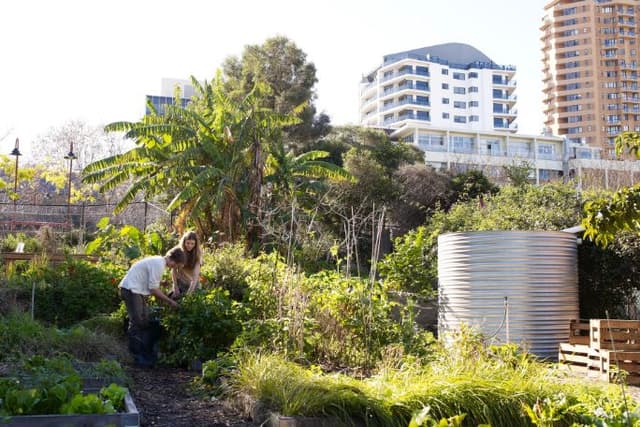
Planning a Regenerative Garden: Part A
Lesson9 of 11 in this unit
SecondaryYear 9Humanities and Social SciencesGeographyEnvironmentalSustainability
Summary
Lesson guides and printables
Teacher Content Information

Lesson Plan

Student Worksheet

Document - Budgeting

Document - Communications

Document - Location

Document - Resources
